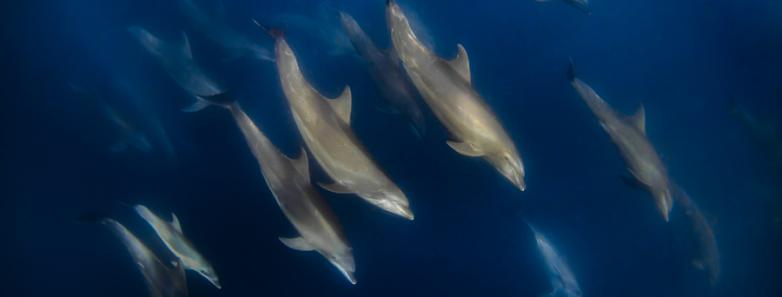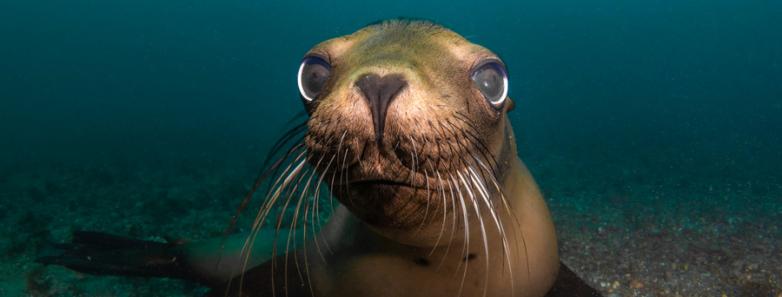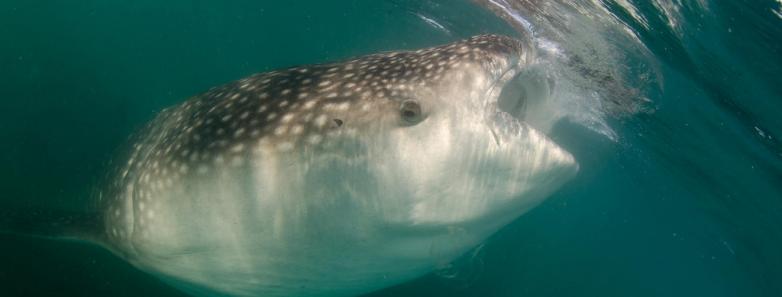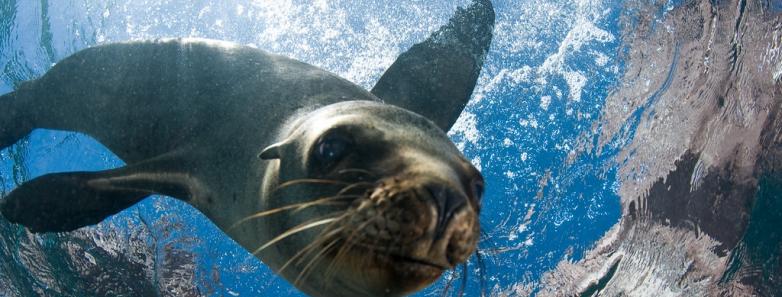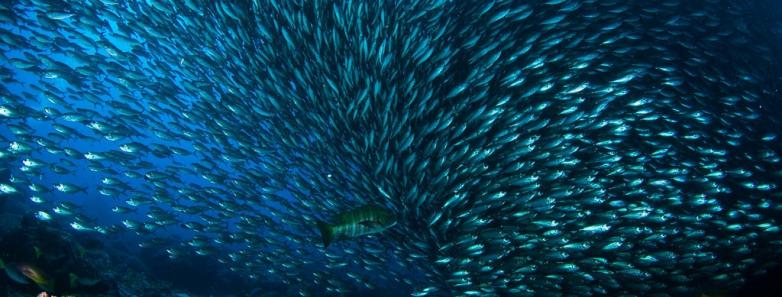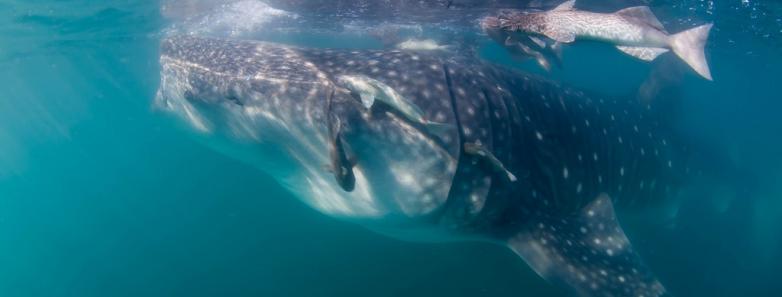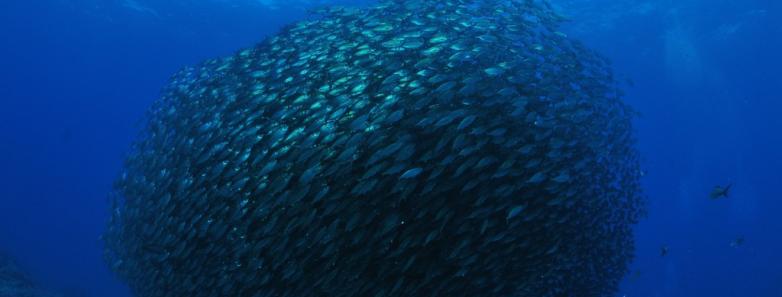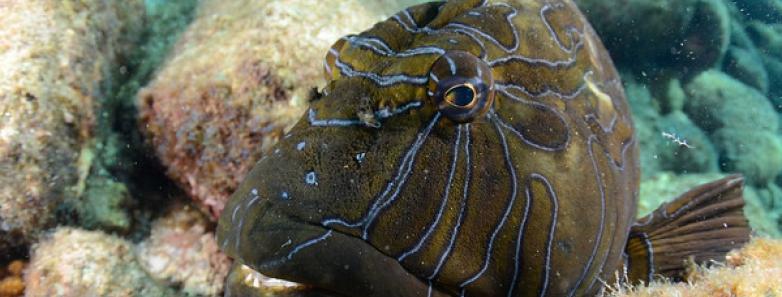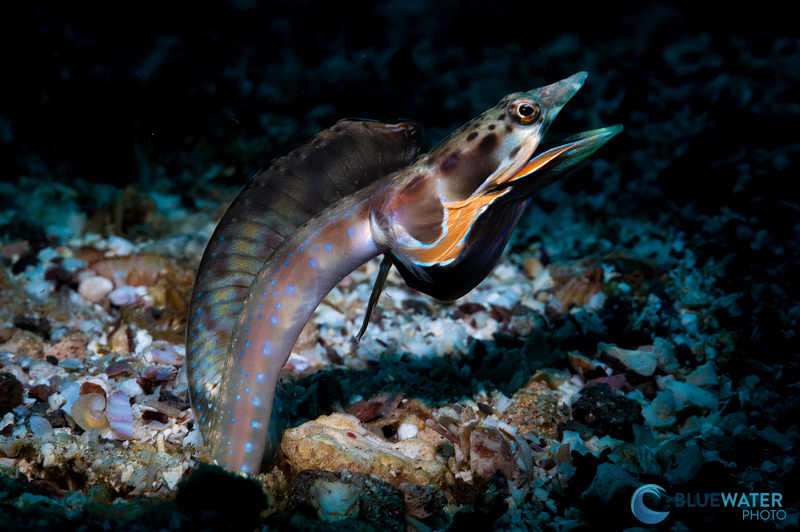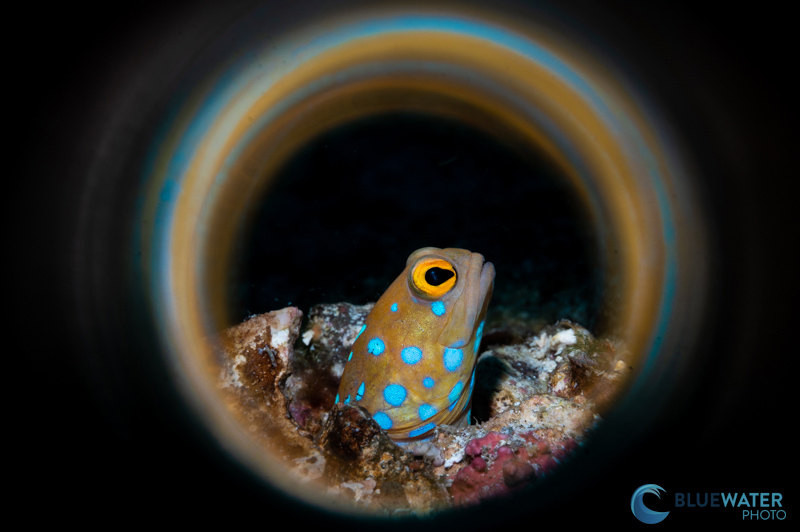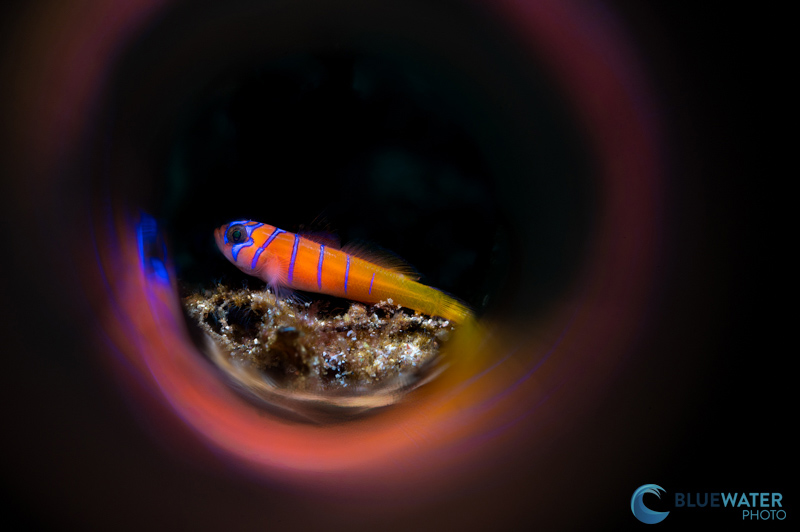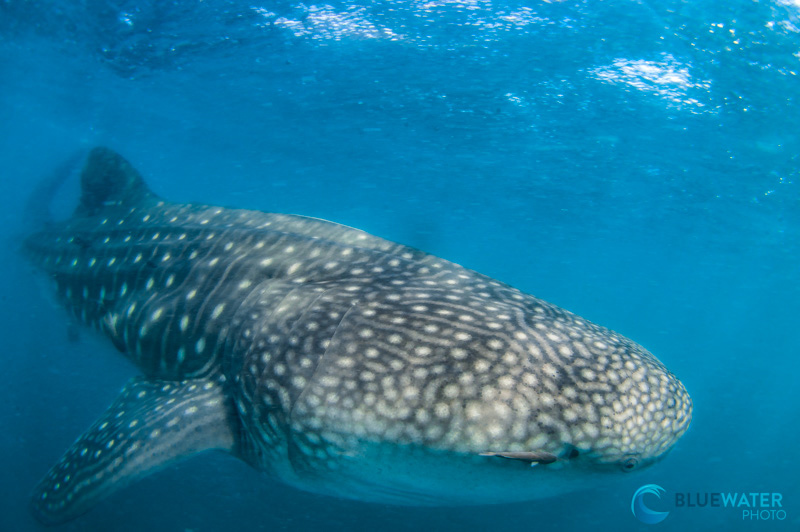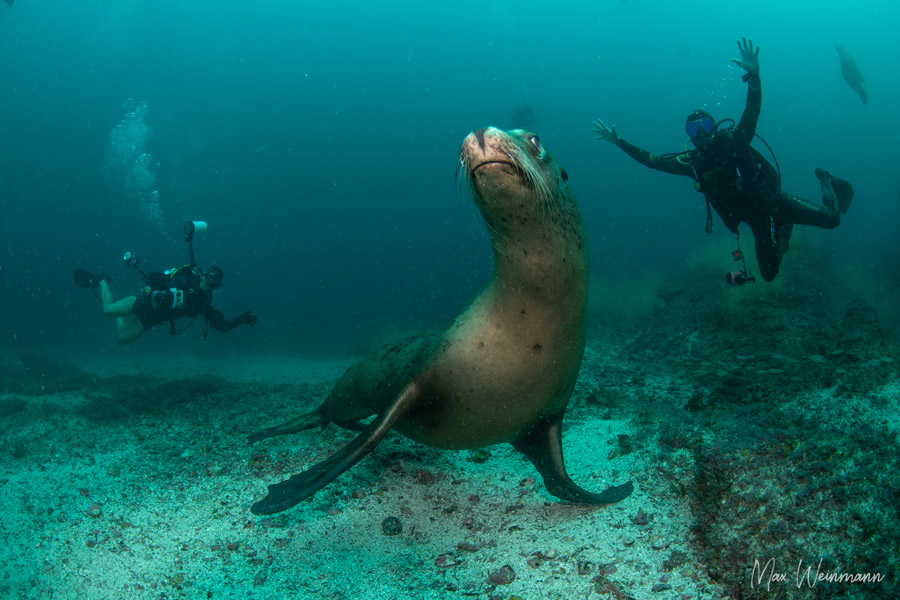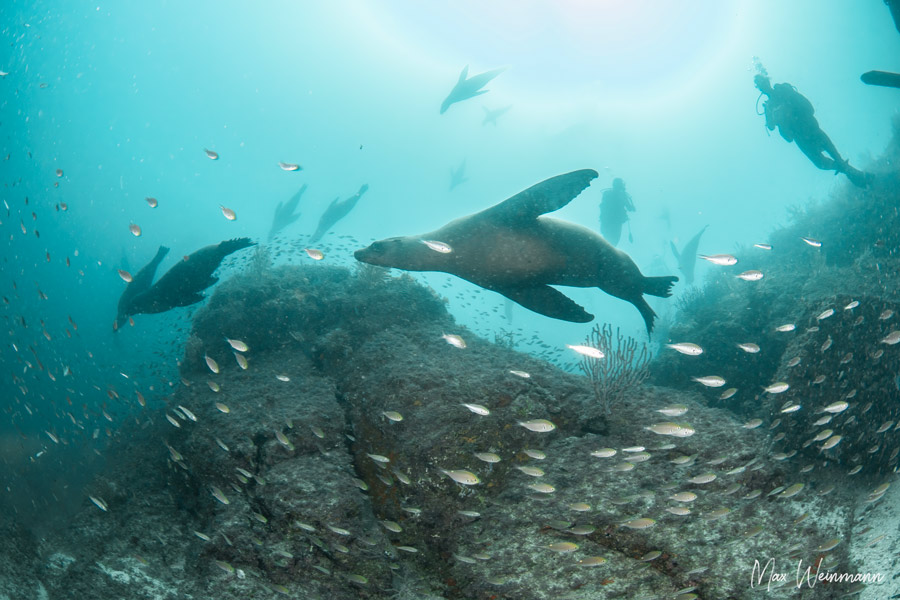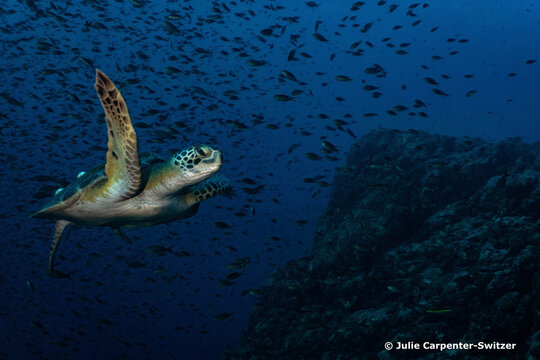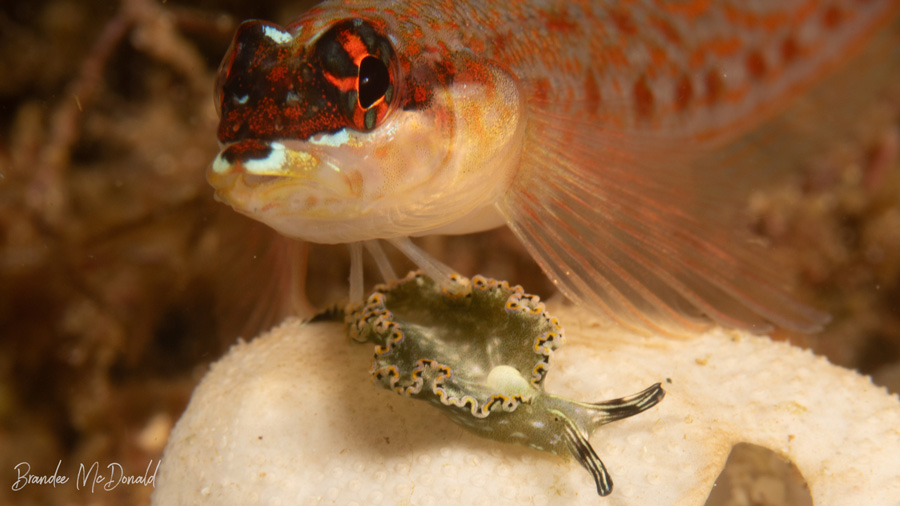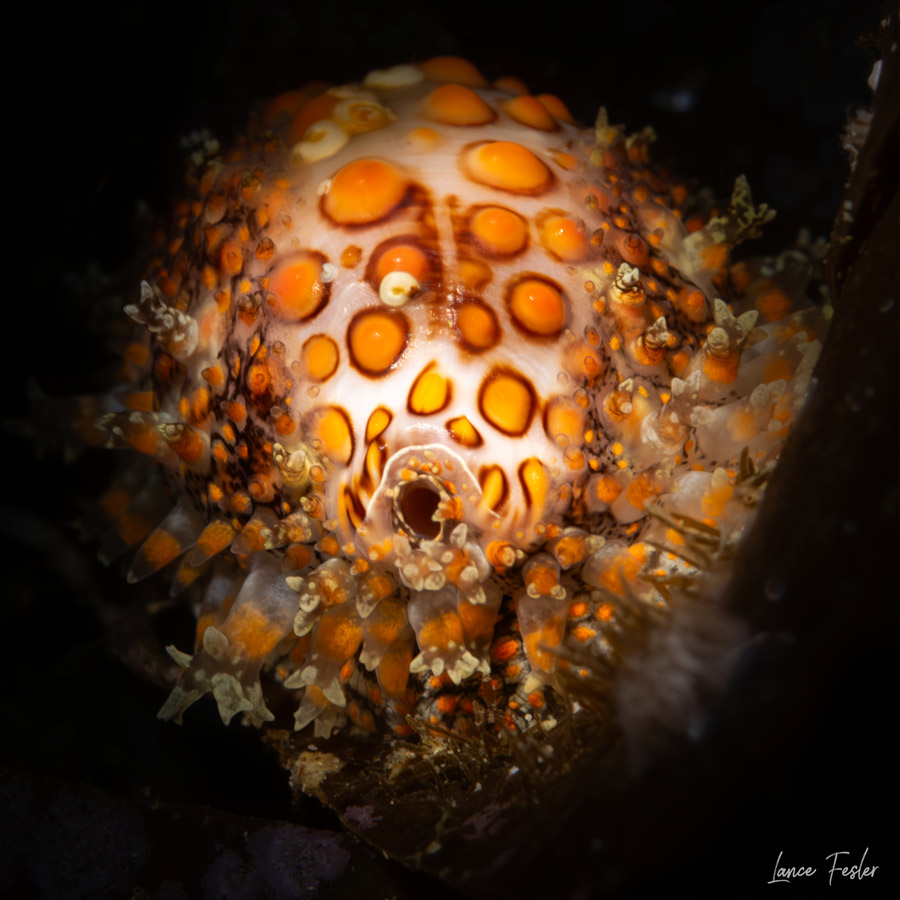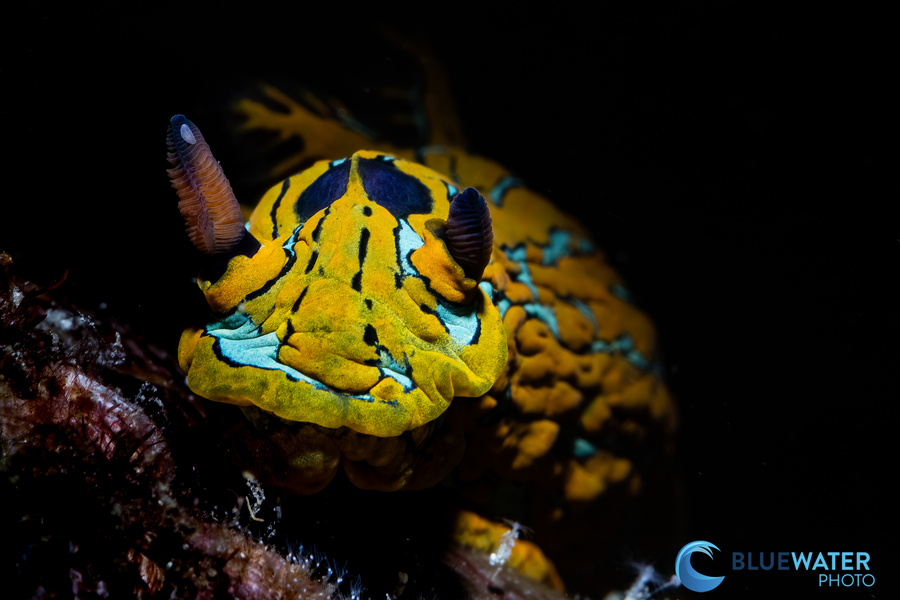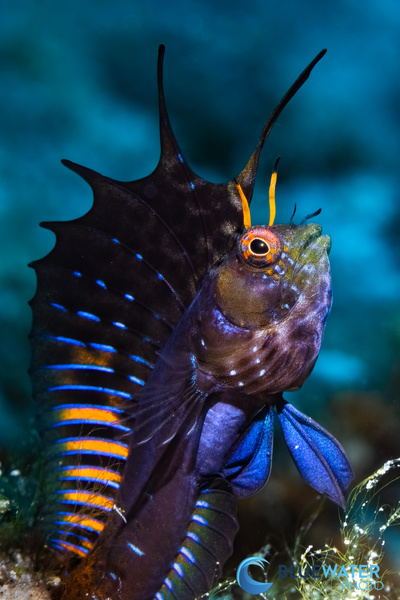Scuba Diving in the Sea of Cortez, Mexico
Sea of Cortez Diving Highlights
The scuba diving in the Sea of Cortez is all about sea lions, whale sharks, manta and mobula rays, dolphins, huge schools of fish, and fascinating underwater macro life. It is one of the easiest "big animal" destinations to reach and enjoy from the United States.
La Paz, Cabo Pulmo, Loreto, and the northern Sea of Cortez all have excellent diving. You can dive the Sea of Cortez via liveaboard or a dive resort.
Read more about Mexico's best dive destinations.
View the Sea of Cortez's Location on Google Map
Jump to:
Marine Life & Environment - Diving Conditions
How to Get There - How to Dive Sea of Cortez - Best Time to Dive
Intro to DIVING Sea of Cortez
The Sea of Cortez is a special place situated between Baja, Mexico, and the mainland. Water of all shades of blue sits against an arid desert backdrop and an assortment of islands. The Baja peninsula is home to unique flora and fauna that have evolved in near isolation, so it's no surprise that the Sea of Cortez diving features magnificent marine life. Cabo San Lucas is home to Land's End, a narrow strip of land where the Pacific Ocean meets the Sea of Cortez. There is a famous arch, several unique dive sites, and accommodations for all sides of the nightlife spectrum.
For divers, La Paz is the most popular destination. It is the capital city of Baja California Sur, Mexico, and is situated on the coast about 2 hours north of Cabo San Lucas, on the Sea of Cortez side of the peninsula. Cabo Pulmo is a very small town located between Cabo and La Paz, offering fascinating diving within a protected marine park.
Moving North into the Sea of Cortez we find Loreto, a much smaller destination than La Paz, but also with excellent diving. North of Loreto is very remote and the dive sites are best reached by liveaboard with easy access from Puerto Pensaco, a short drive from Phoenix, Arizona. The cost of diving on the Sea of Cortez is much more affordable than many other destinations where divers look for the same large marine life, and short flights from the southwestern United States make travel easy.
Diving Information
Sea of Cortez Marine Life & Photography Subjects
The Sea of Cortez has a reputation for whale sharks. During the summer and fall, divers flock to the Sea of Cortez for a chance to swim with whale sharks. These gentle giants generally move south as the season gets later.
Shark lovers should look for bull sharks in Cabo Pulmo, and can see blues, makos, and silkies on a Cabo marine life safari. Hammerhead sharks can be spotted by lucky diver at El Bajo, Las Animas, and Gordo Banks.
During the winter months, mobula rays are quite commonly seen in the Sea of Cortez, especially on night dives.
Van Gogh patterns on a whale shark on the hunt for krill in Bahia de los Angeles
Another main attraction for diving La Paz are the sea lions, which frolic and play with divers, presenting amazing photo opportunities. Sea Lions are found in a number of places in the Sea of Cortez, but none beat the sea lion colony of Los Islotes.
(Left) Jazz hands! (Right) Sealions by Max Weinmann
Other Sea of Cortez marine life includes huge schools of jacks and baitballs, as well as tuna, wahoo and lots of other fish, dolphins, eels, jawfish, rays.
The Sea of Cortez also offers great macro photography opportunities with critters like nudibranchs, snails, jawfish, pikeblennies, signal blennies; and various crabs and shrimps to photograph.
Read about our 2022 Sea of Cortez trip!
Love the diversity of the Sea of Cortez but fancy a change? Have a look at Raja Ampat dive trips.
Diving Conditions
- Water Temperatures: 68 - 84°F (20 - 29°C)
- Visibility: 50 - 115 feet (15 - 35m)
- Depth Range: 16 - 130 feet (5 - 40m)
Typical Sea of Cortez Dive
Pangas (classic Mexican wood and fiberglass boats) are the norm for resort diving. Several operators have larger, more "traditional" dive boats. Resprt-based diving can often involve long boat rides to dive sites - sometimes exceeding two hours each way.
Liveaboards will dive from their tender boats. Dives in the Sea of Cortez can be a shallow "fishbowls" with fantastic vis or deep dives in stiff current looking for hammerhead sharks, so there are options for everyone.
Learn about Bluewater's Cabo Marine Life Safaris in Cabo and the Sea of Cortez.
Travel Information
How to Get There
La Paz is serviced by Manuel Márquez de León Airport (LAP), with most flights arriving from Mexico City or Guadalajara. Once on the ground, it's a quick shuttle ride to the dive resorts. Divers visiting Cabo Pulmo can fly into Los Cabos International Airport (SJD), which is about an hour away. This is also the airport for Cabo San Lucas.
Loreto has an international airport, however, flights are more limited than in the larger cities. Renting a car is easy, but be aware that insurance requirements in Mexico differ greatly from US requirements an adds a significant increase to the overall rental cost.
Sea of Cortez liveaboards depart from Cabo for southern Sea of Cortez itineraries. For northern and central routes, liveaboards depart from Puerto Penasco, which is an easy shuttle ride from Phoenix, Arizona.
How to Dive the Sea of Cortez
There are several dive resorts in the Sea of Cortez along with a few liveaboard options. Divers will find most of the dive resorts in La Paz, which is easy to reach. Cabo Pulmo offers limited options and is also easily reached. Beyond that, divers can explore options at Loreto.
Liveaboards like the Rocio del Mar, the Quino el Guardian, and the Nautilus Gallant Lady provide extended range and offer different itineraries depending on the time of year and marine life seasons - a great way to experience the Sea of Cortez.
(Left) A nudibranch and fish on a heart urchin by Brandee McDonald. (Right) A crazie looking cowrie by Lance Fesler
Best Time to Dive Sea of Cortez
July to December has the best visibility, often approaching 80 feet (25 meters). We're fans of visiting the La Paz area between October and November, which is prime season for whale sharks and offers warmer waters. The whale sharks are generally found in the bay feeding on plankton, so visibility will be significantly less during these snorkeling sessions. The local authorities allow shorkeling in the Bay of La Paz once a minimum number of whale sharks have arrived, usually betweeen October and April. The whale sharks are also near Bahia de Los Angeles during July-August, and you may be able to snorkel with them during a liveaboard trip.
December to March brings sightings of humpback whales (though you are not allowed to enter the water with them) as well as mobula rays, however, the water is colder with poorer visibility than the summer and fall. Temperatures range from 65F in the winter to 86F in late summer. It can also be windy during the winter months. The Sea of Cortez and Baja Peninsula get hot topside during the summer, but it's a dry heat and the refreshing Sea of Cortez is never more than a few steps away.
As an additional note, if you're visiting La Paz to dive with the sea lions on Los Islotes, please be informed that the colony is closed for mating season each year from June 1-August 31.
Topside & Non-Diving Activities
Sea of Cortez dive resorts offer activities like fishing, kayaking, snorkeling, sandy beaches, dining and lounging by the pool. Keep in mind that swimming with whale sharks is limited to snorkels and no tanks, so it's a great opportunity to bring non-divers on an ocean adventure.
Non-diving activities on liveaboards are limited to snorkeling and enjoying the sun decks, plus whale watching!
SEA of Cortez Liveaboards
Find a liveaboard in the Sea of Cortez and book online with the help of our travel experts. Live chat support available. Best price guaranteed!
Please contact us for the latest availability of MV Valentina.
New to liveaboards? Let's help you get started with our Guide to Liveaboard Diving.
Other Useful Information
Practical Information
- Currency: Mexican Peso (MXN)
- Language: Spanish is the official language in Mexico but most people today learn English as a second language
- Time Zone: UTC-7
- Electricity: 127 V 60 Hz
Got Questions? Ready to Book?
Call us today at +1-310-915-6677 or email us info@bluewaterdivetravel.com
And let us book your dream vacation!

